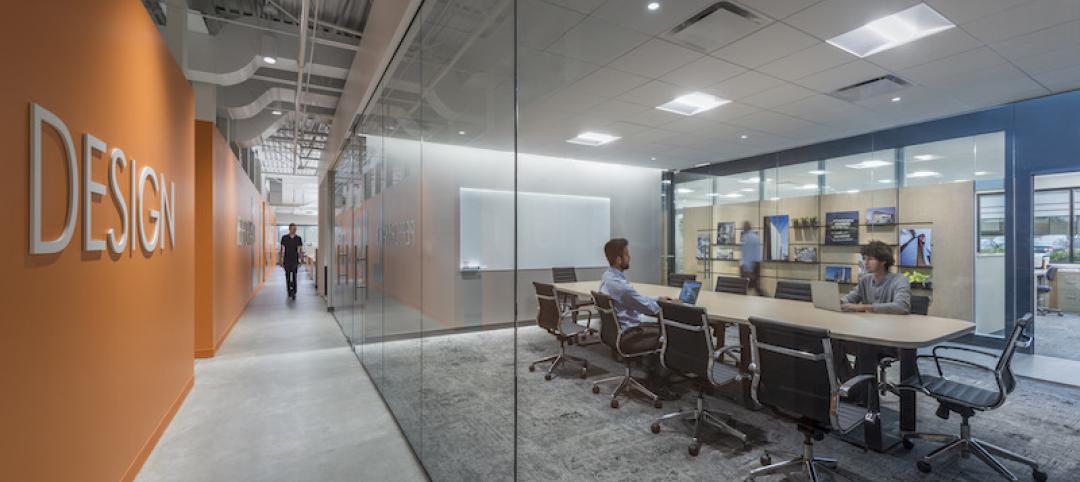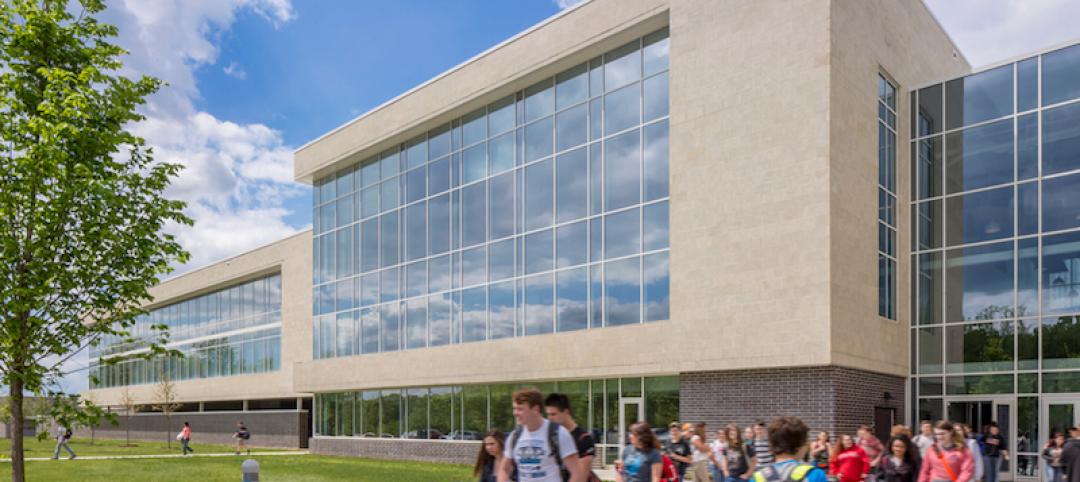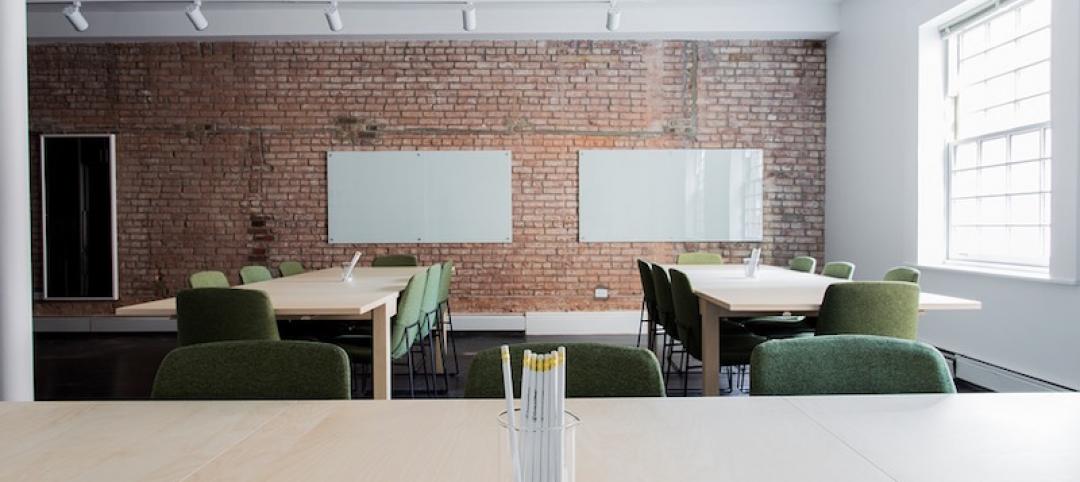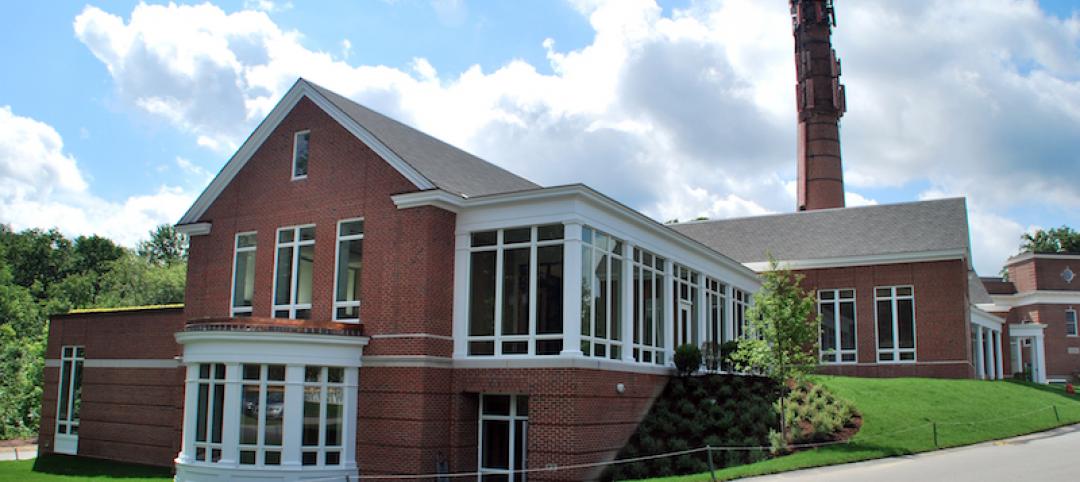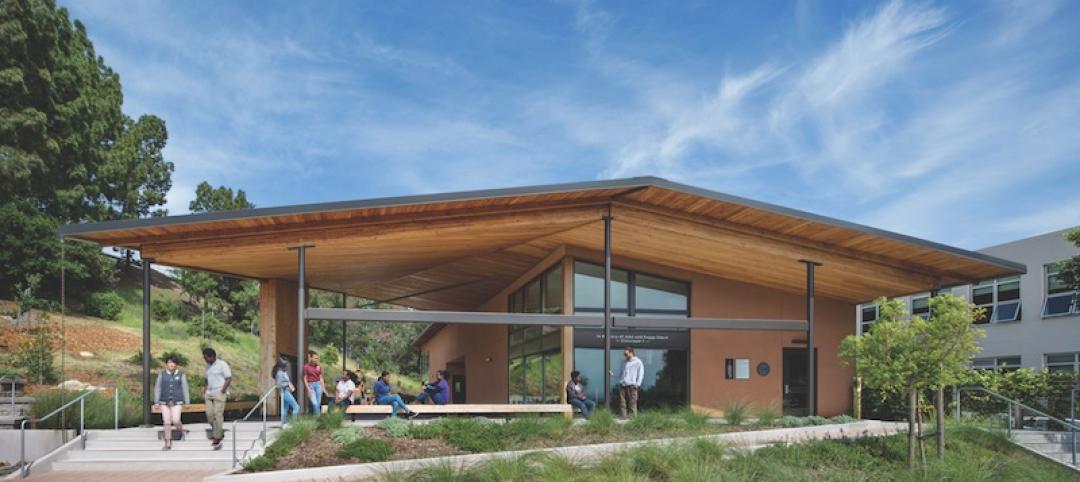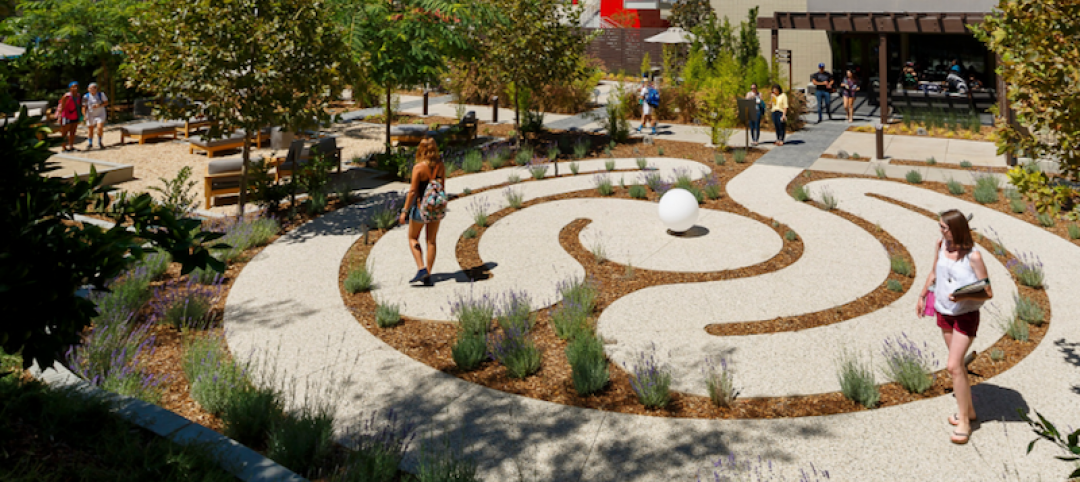 |
||||||||||||||||||||||
| Lincoln High School in Tacoma, Wash., was built in 1913 and spent nearly a century morphing into a patchwork of outdated and confusing additions. A few years ago, the Tacoma School District picked Lincoln High School to be the first high school in the district to be part of its newly launched Small Learning Communities program, thus beginning a $74.2 million renovation of the 222,000-sf high school. | ||||||||||||||||||||||
| Lincoln High School in Tacoma, Wash., was built in 1913 and spent nearly a century morphing into a patchwork of outdated and confusing additions. A few years ago, the Tacoma School District picked Lincoln High School, dubbed “Old Main,” to be the first high school in the district to be part of its newly launched Small Learning Communities program. The Building Team was given only 13 months to get the school ready to participate in the project. Community members, administrators, students, teachers, and parents worked with architects from the Seattle office of DLR Group to reconfigure the high school for new academy-based educational delivery methods. The architects led them through extensive scenario planning, overlaying each educational program component over the building plans.
The DLR plan divided the school into six zones (two zones in each wing, one on each floor) that would house six academies, each of which would function independently within the larger school building. Shared spaces were to include an auditorium, a cafeteria, a gymnasium, a library, and science labs. Funding for the $74.2 million renovation came from a bond issue and a grant from the Bill and Melinda Gates Foundation. As work got under way in fall 2006, the existing 222,000-sf, L-shaped school received a number of structural upgrades and nips and tucks. To address seismic concerns, 13 shear walls (using double-sided plywood) were installed, running from grade all the way up to the attic floors. An existing 1980s addition was demolished; in its place arose a two-story structure that expands the school to 264,000 sf and houses the new library and science labs. The addition also acts as a buttress to the existing school structure, providing added seismic support. The school received all new plumbing and electrical systems, as well as new HVAC equipment that was installed in the attic. The Building Team specified aluminum equipment to diminish the weight load on the existing wood-frame structure. Insulation was beefed up to dampen equipment noise. Despite all that’s new with the school, much of its historic character remains intact. The Collegiate Gothic-style school’s original details were restored or replicated; some were relocated and reused in the addition to connect old and new. Also left intact were the school’s 75- to 80-year-old, three-by-seven-foot operable windows, some with original stained glass windows of Tacoma milk glass, so called because of its milky white color. |
||||||||||||||||||||||
Project Summary Lincoln High School Tacoma, Wash. Building Team Submitting firm: DLR Group (architect, structural engineer) Owner: Tacoma School District Architectural consultant: TCF Architecture General contractor: Lease Crutcher Lewis Electrical engineer: Coffman Engineers Mechanical engineer: Hargis Engineers General Information Area: 264,000 sf Construction cost: $74.2 million Construction time: August 2006 to September 2007 |
Related Stories
Giants 400 | Oct 6, 2017
Top 90 K-12 architecture firms
Stantec, DLR Group, and PBK top BD+C’s ranking of the nation’s largest K-12 sector architecture and AE firms, as reported in the 2017 Giants 300 Report.
Education Facilities | Oct 3, 2017
The growing demand for early childhood education
When the design of early learning centers is grounded in the science of developmental psychology and education, these educational environments can address multiple domains of development that positively stimulate young children's physical and cognitive growth.
K-12 Schools | Oct 2, 2017
A Houston office park gets a new life as a private day school
Shepley Bulfinch designed the 75,000-sf campus.
K-12 Schools | Sep 20, 2017
Activating innovation: Trends in K-12 education
School structures offer a unique opportunity as they can often double as community centers and serve as shelters in the event of an emergency or natural disaster.
Architects | Sep 19, 2017
What we talk about when we talk about placemaking
What does Good Growth mean and how do we set about achieving it?
K-12 Schools | Sep 12, 2017
Perkins Eastman publishes findings on high-performance schools
Metrics suggest correlation between key design strategies and occupant satisfaction and building performance.
Performing Arts Centers | Sep 11, 2017
19th century smokestack highlights a Massachusetts performing arts facility
CBT Architects and Windover Construction collaborated on the adaptive reuse project for Middlesex School.
K-12 Schools | Sep 8, 2017
The economic case for engaged classrooms in K-12 schools
Flexible, modern classrooms should be viewed as a key element of a sound financial strategy, producing a solid return-on-investment.
K-12 Schools | Aug 31, 2017
Environmental studies building highlights sustainability in every design element
The LEED Platinum and Zero Net Energy Verified building minimizes energy use via its site orientation.
K-12 Schools | Aug 18, 2017
How to create healthy learning environments with active design
Active design can be incorporated into any facility or campus with a few simple steps.






